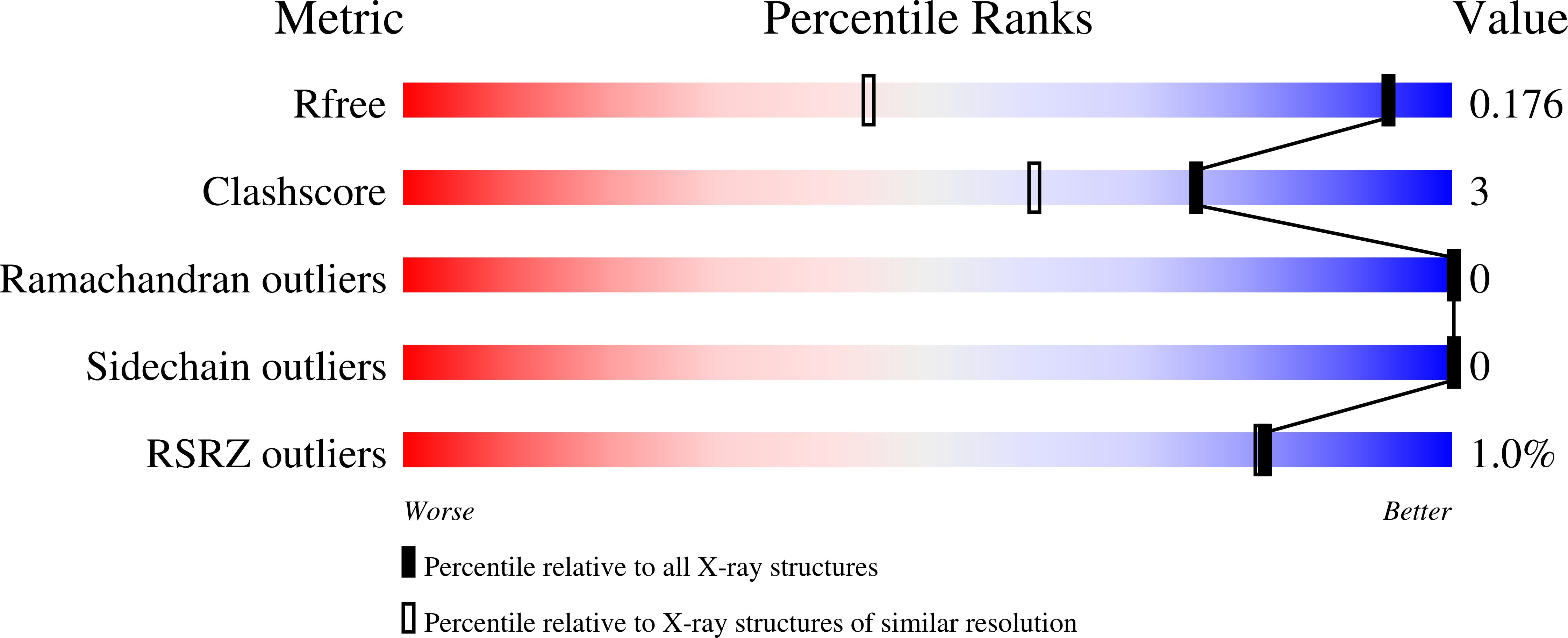
Deposition Date
2007-09-11
Release Date
2008-07-29
Last Version Date
2024-02-21
Entry Detail
PDB ID:
2R8N
Keywords:
Title:
Structural Analysis of the Unbound Form of HIV-1 Subtype C Protease
Biological Source:
Source Organism:
Human immunodeficiency virus 1 (Taxon ID: )
Host Organism:
Method Details:
Experimental Method:
Resolution:
1.20 Å
R-Value Free:
0.17
R-Value Work:
0.14
R-Value Observed:
0.14
Space Group:
P 41 21 2


